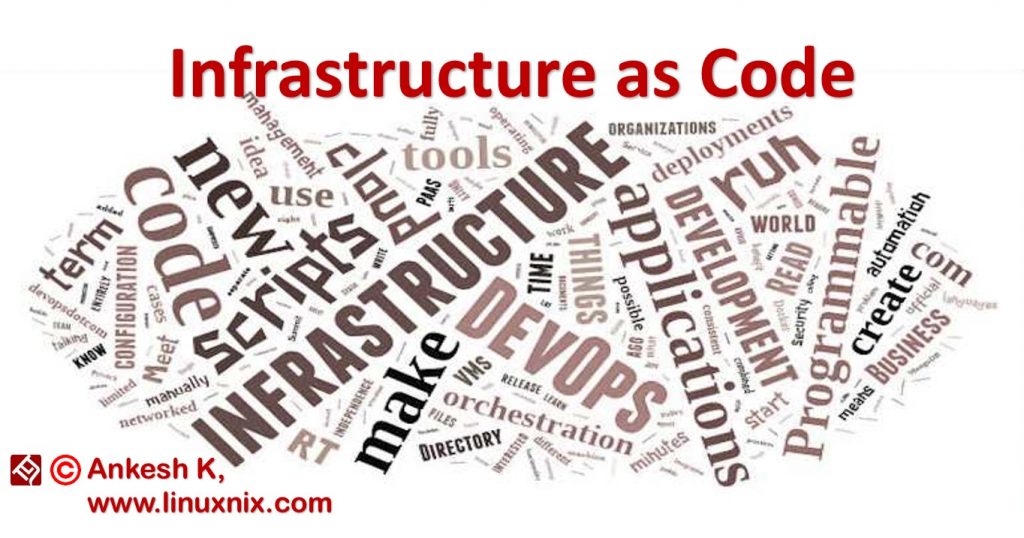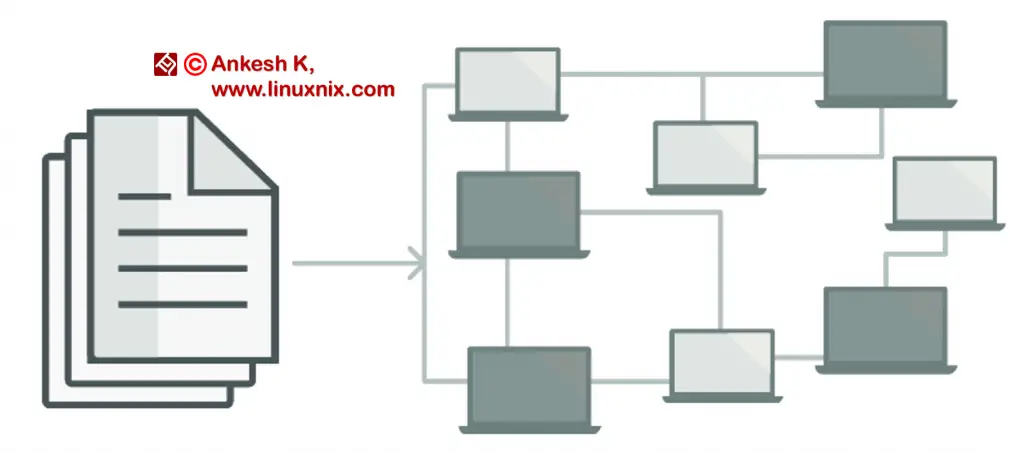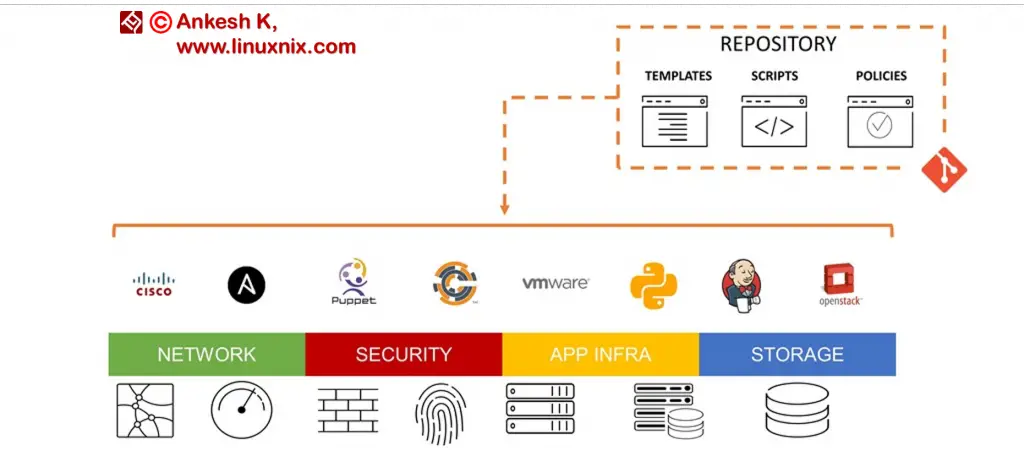Back in days, when DevOps Methodology was introduced to the world, people realized that most of the IT operations such as system administrations are going manually or by a self-written script.
This was good until there are one or two in a team but for a large organization, it became devastating to understand the infrastructure. It was quite confusing at the same time complex to understand. And when there is a system failure, it was very hard to figure out the infrastructure issues.
Scripts didn’t work well over time. They were better than manual work but still, there are a lot of variations in how people write the script. Everyone has a different style of writing it.
Now, when the system configuration grows bigger, the length of the script becomes bigger. Now the complexity arises when more than one person works on the same script. So, scripting was not the best way to write configurations.
What is Infrastructure as Code (IAC)?
Infrastructure as Code also referred to as IAC, is the process of managing and provisioning computer data centers through machine-readable definition files rather than physical hardware configuration or interactive configuration tools.
IAC can manage both physical servers such as bare-metal servers as well as virtual machines. Infrastructure as code is sometimes referred to as software-defined infrastructure.
Infrastructure as Code (IAC) for DevOps
With the context of software development, we need an environment to test the changes made by the developers which should be the same as the production, I mean the replica of it. There are chances when the code fails to build.
The traditional software delivery would follow the below pattern:
- A system administrator would set up a physical server and installs the operating system with all the required packages to be installed.
- Then the database team undergoes a similar process to install database support.
- This system is then handed over to the Testing team to perform test activities.
- The developers would pass the code to this testing machine where the testing team does all kinds of testing.
- Once all the tests are passed, the code is deployed to production. Sometimes, they would face issues in production too.
With the introduction of DevOps, this process becomes more reliable with the implementation of automation while server orchestration. This also removes the testing and all those human interventions.
This helps in reducing the Team dependency wherein traditional workflow, Developers, System Administrators, Database Administrators, Testing Team and Operations Team. Now the Developer is only capable of passing it with all the task performed by the above teams.
Now, the software delivery follows the below pattern:
- The developer writes the software code as well as the configuration management code (IAC) which creates the virtualized environment replicating the production environment, installs the database, perform the testing and deploy it to the particular environment.
- Then some set of tools are ready to perform error identification and resolution. The new code is ready to be pushed to the production environment.
Why we need Infrastructure as Code?
IAC is playing a very important role in the work of system administrators.
State of System – It allows us to control the state of the system. For Ex: While writing Ansible playbook, we mention to install a package (ruby-full) while bootstrapping a machine.
tasks: - name: Install Ruby apt: "name={{ item }} state=present" with_items: - ruby-full
Now, if we want to install some other package (build-essential) with it, we just need to add an additional line and run it again. It will check whatever is installed, if yes skip it and install the next one.
tasks: - name: Install Ruby apt: "name={{ item }} state=present" with_items: - ruby-full - build-essential
Improving Customer Satisfaction – Delivering a quality product in a short span of time contributes to customer satisfaction.
Standardization – When a new infrastructure is created, there must be the assurance of a consistent set of instructions and packages to be passed through it. If we do it manually, there are chances of errors. So, IAC is used for the standardization.
Infrastructure as Code Tools
Below are the most widely used IAC tools in the market:
Conclusion
Your infrastructure is as much important as the code it runs, so we have to treat it the way it deserves with versions, tests, etc. You can start managing something small in the project with IAC and gradually expands it to your infrastructure.
Infrastructure as Code can be a key attribute to enable best practice in DevOps Methodology. Developers will be involved more in defining configuration and Operations Team can be involved in the early stage of the development process.
Automation, in general, will take a step further and make its own way to the server by making it more efficient and productive. It will allow integrating best software and practices in Software Development Life Cycle with more flexibility, less downtime, and overall cost-effectiveness.
To go deep into each of these tools, stay tuned to linuxnix.com.
Latest posts by Ankesh K (see all)
- Deep-Dive into Jenkins – What are all Jenkins functionalities ? - January 10, 2019
- What are different Maven Plugins and how to build a Maven project? - January 7, 2019
- What is a Maven POM File and what are different Maven Repositories? - January 3, 2019
- What is Maven and what are its benefits? - December 31, 2018
- What are the different ways to install Jenkins ? - December 27, 2018






